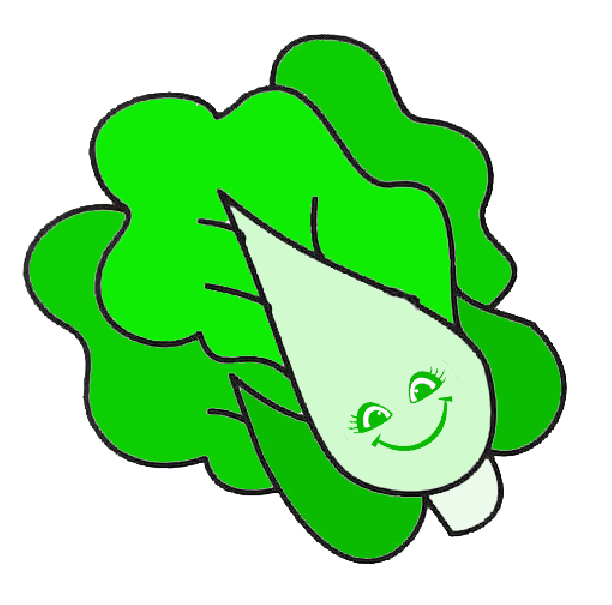拇指规则
by Pickle Cai
按:读到拇指规则,不明白它的意思。想起前几年的时候也曾查过,不料却忘了,惭愧。笔记于此,至少下次无须再查吧。
来源:百度知道。http:http://zhidao.baidu.com/question/27387358.html?fr=qrl
拇指规则 (RULE OF THUMB) 可以理解成是一种试探法 (heuristics) 。
试探法 (heuristics):The high-level, often imprecise rules of thumb and intuitive reasoning that experts use to solve problems. 专家用于求解问题的高级的但常常是不确切的经验法则和直觉推理法。
拇指规则:字面的理解应该是从经验、实践中总结得出的方法和规则什么的,不是经过科学实验得出的。是可用于许多情况的有用的原则,但并不放诸四海皆准。
【说法来源】
第一种:因为以前没有温度计,别人烧水什么的时候不知道到底有多热,所以呢就用大拇指浸一下,然后就可以知道,水已经很热了。
第二种:因为古代的时候大家都是用便于计量的单位来计量,比方说脚、手指等。在英国普通法中, 有一条“拇指规则”(rule of thumb), 意即只要用一根比大拇指小的棍子鞭打妻子,便不属虐待妻子行为。后经引申在管理学等其他知识领域上理解为经验和试探法。
【英文解释】
“rule of thumb”
by Mark Israel
This term for “a simple principle having wide application but not intended to be strictly accurate” dates from 1692. A frequently repeated story is that “rule of thumb” comes from an old law regulating wife-beating: “if a stick were used, it should not be thicker than a man’s thumb.” Jesse Sheidlower writes at
http://www.randomhouse.com/wotd/index.pperl?date=19961108>.]
“It seems that in 1782 a well-respected English judge named Francis Buller made a public statement that a man had the right to beat his wife as long as the stick was no thicker than his thumb. There was a public outcry, with satirical cartoons in newspapers, and the story still appeared in biographies of Buller written almost a century later. Several legal rulings and books in the late
eighteenth and nineteenth centuries mention the practice as something some people believe is true. There are also earlier precedents for the supposed right of a man to beat his wife.
The precise origin of ‘rule of thumb’ is not certain, but it seems likely to refer to the thumb as a rough measuring device (‘rule’ meaning ‘ruler’ rather than
‘regulation’), which is a common practice.
Thumbs were used to measure lots of things (the first joint was roughly one inch long before we started growing bigger, and French pouce means both “inch” and “thumb”). The phrase may also come from ancient brewmasters’ dipping their thumb in the brew to test the temperature of a batch; or from a guideline for tailors: “Twice around the thumb is once around the wrist…”
For a definitive rule of thumb, see the paper “Thumb’s rule tested: Visual angle of thumb’s width is about 2 deg.”
Subscribe via RSS
